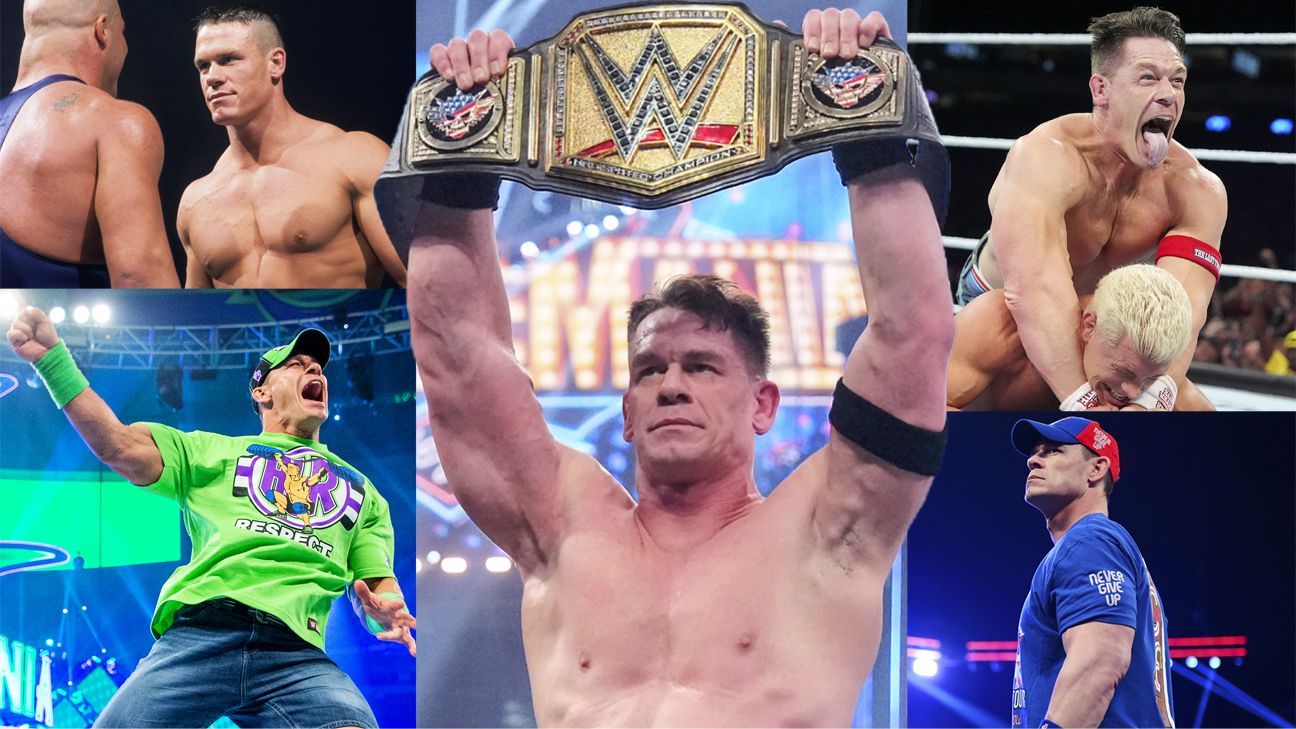
Chris HerringJun 2, 2025, 08:00 AM ET
The end of a brutal third quarter was fast approaching inside Indianapolis' Gainbridge Fieldhouse.
With the New York Knicks already trailing by 13 points in Saturday's closeout Game 6, wing Josh Hart raced down the floor for a 3-on-1 fast break with a chance to enter the final frame on a slightly less sour note.
Knicks backup guard Deuce McBride had just stolen the ball from Indiana Pacers guard Tyrese Haliburton and passed it to Hart, who had to make the right read to ensure a score. But, on a play that seemed to sum up how New York played, Hart threw a wild lob to Karl-Anthony Towns that bounced off the backboard and bailed out Indiana.
The Pacers, as they had done all game, turned the miscue into a fast-break opportunity. Haliburton raced down the floor in three seconds for a dunk to give Indiana a 15-point lead heading into the final quarter, when the Eastern Conference champions closed the door for good.
It was that kind of night for the Knicks, who, after playing a near-perfect Game 5 to avoid elimination at home, were maddeningly sloppy in Game 6. It's the sort of loss -- both in terms of the game and series -- that figures to haunt the club and its fans into the summer.
But even with the squandered chances against the Pacers, including the wild Game 1 collapse, it's hard to deny that the Knicks overachieved in their first season with a new core.
The now-obvious pivot in Gotham, after two all-in trades -- Mikal Bridges in July and Towns just before training camp -- paid off in an unexpected breakthrough of a postseason, will center on how the Knicks can reach the Finals for the first time since 1999.
Let's delve into three key aspects that likely need addressing for them to get there.
Consider a permanent starting lineup shift
In one of the more surprising statistics leaguewide, the Knicks' starting five -- the NBA's most-used lineup by far -- got outscored by nine points from Jan. 1 to the end of the regular season.
Despite that, New York still nearly made the Finals, which was surprising. But behind the clutch shotmaking of Jalen Brunson and the club's gritty late-game play, the Knicks repeatedly came back to win games -- often obscuring the starters' ugly data during the slow starts.
Even though the team's starting five has room to grow after its first season together, coach Tom Thibodeau and the Knicks should be open to tweaking the group, if only because he did so toward the end of the postseason. Hart suggested the lineup tweak -- to get center Mitchell Robinson on the court more -- near the end of New York's series win over the Boston Celtics.
We got a glimpse of what plugging in Robinson as a starter would look like this past week: The Knicks instantly became a better offensive-rebounding club, and Towns got a rim protector who can move his feet well enough to contest the 3-point line. (On the flipside, subbing Robinson for Hart makes the Knicks slower in transition, where Hart usually shines, and more susceptible to Robinson being intentionally hacked due to his poor foul shooting.)
Deepen the bench rotation
1:32
Thibodeau on where the Knicks fell short in Game 6 defeat
Tom Thibodeau breaks down what went wrong in the Knicks' 125-108 Game 6 loss to the Pacers.
Thibodeau pressed some of the right buttons during the Eastern Conference finals. One of the most prominent was adding guards Delon Wright and Landry Shamet to the rotation, and he watched it pay off as the Knicks piled up stops almost instantly against a previously unstoppable Indiana group.
But for all the credit the coach deserves, if those two could thrive when the lights are brightest (and do so while on the cusp of the NBA Finals), then Thibodeau could have leaned on those reserves a bit more during the regular season.
This isn't to question Thibodeau's job security this summer. He should be commended for finding ways to win to this extent in the playoffs, even if there were other routes he could have taken throughout the regular season. (Bridges, the NBA's current iron man, essentially made this argument in March, when he said that all players love to play, but that there was room for others on the Knicks' roster to absorb more minutes.)
Still, with the massive minutes load on New York's starting five of Brunson, Hart, Bridges, OG Anunoby and Towns, the end-of-season data indicated there might have been diminishing returns at a certain point. That suggests that more players deserve playing time in those remaining minutes.
The Knicks don't have a lot of ways to improve their bench, other than hoping top free agent veterans -- who prioritize winning a title above all else -- might sign on a less expensive deal.
New York, whose reserves played the fewest minutes and scored the fewest points of any team this season, has a whopping 93% of its salary devoted to its top six (the starting five plus center Mitchell Robinson). After McBride, who's under contract, the team's eighth, ninth, 10th and 11th players -- Wright, Shamet, Cameron Payne and Precious Achiuwa -- will all be unrestricted free agents this summer.
Find ways to better utilize the Brunson-Towns pairing
0:21
Jalen Brunson on ECF loss: 'It sucks'
Jalen Brunson keeps it short in discussing the Knicks' Eastern Conference finals loss to the Pacers.
After finishing two wins shy of an NBA Finals berth in their first season together and having both make the All-NBA team, it would seem odd to criticize the Brunson-Towns duo.
But maximizing that pairing will be a key for next season's ceiling. The marriage was a bit challenging in the early going. Towns was getting the fewest shots per game in the starting five for the first few games and then, after it was pointed out following a loss to the Cleveland Cavaliers, Brunson repeatedly hit Towns with passes the next game against the Miami Heat. Towns had 44 points in that game, and his shot attempts were rarely discussed again during the regular season.
What was talked about was the type of shots Towns was getting. About midway through the season, clubs began guarding Hart with their centers because of his shooting struggles. Opposing teams used guards and wings to shadow Towns because they could close out on him at the 3-point line.
The first round, when Towns was guarded by the Detroit Pistons' Tobias Harris and Jalen Duren, was perhaps the clearest example. Much like in the regular season, Towns performed better against traditional bigs than strong wing players. Plugging in McBride could help the offense, limiting teams from sinking into the paint like they do against Hart.
But the other side of the equation got picked apart throughout the conference finals. It's highly difficult to build an elite defense with Brunson, who's undersized, at guard and the foul-prone Towns at center. Perhaps that was obvious from the get-go, but the point was driven home at times in the East finals, when either Brunson, Towns or both were in foul trouble after being targeted relentlessly in pick and rolls.
Whoever gets the final spot in the starting lineup would either lend more support at the rim to Towns (if someone like Robinson is tapped) or Brunson and Bridges (if the fifth spot goes to someone like McBride). But it's telling that a defense with a wing defender like Anunoby and a former Defensive Player of the Year runner-up in Bridges often can't get stops. That happens because of the limitations from the top and bottom of those alignments.


















































